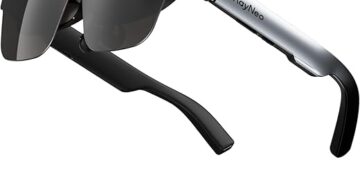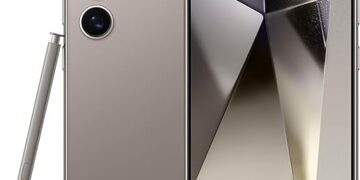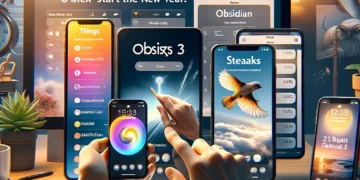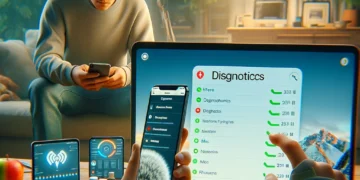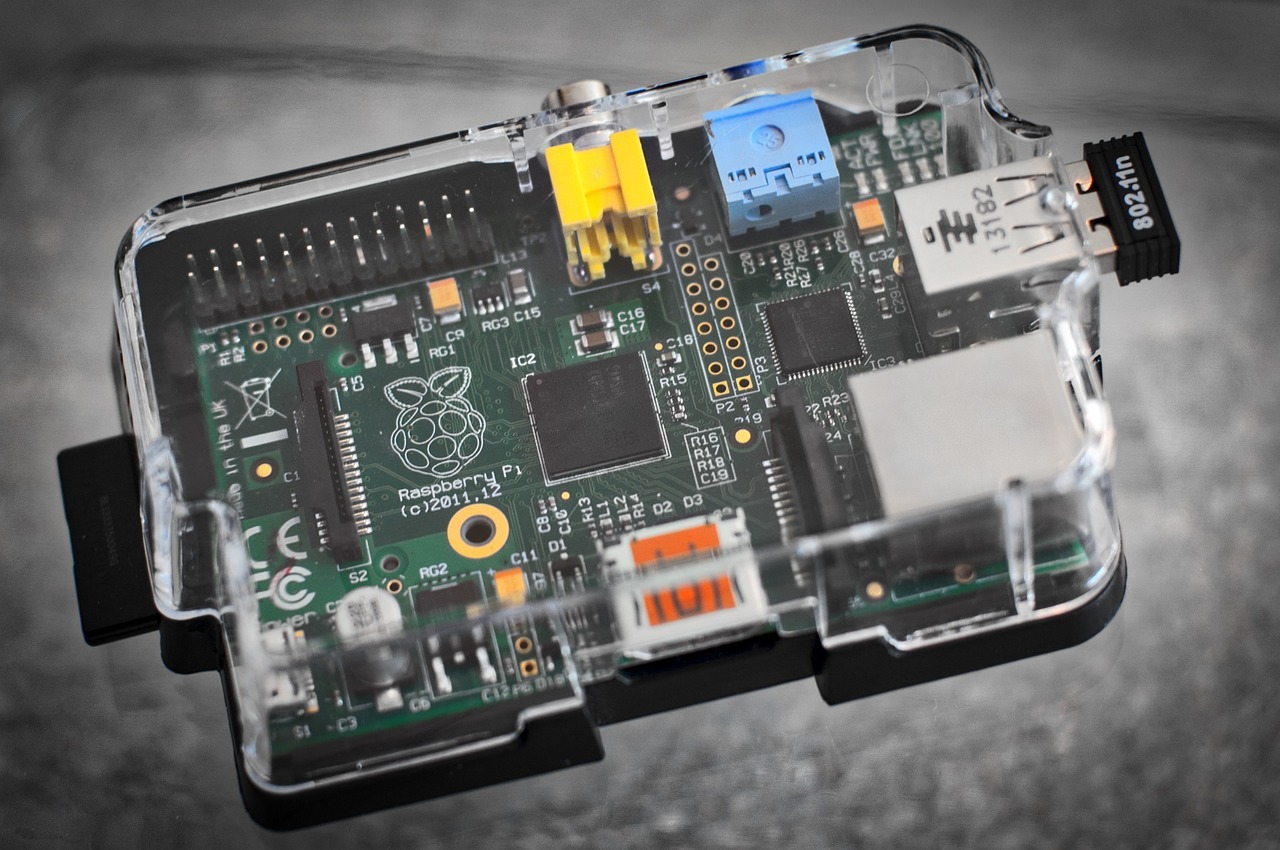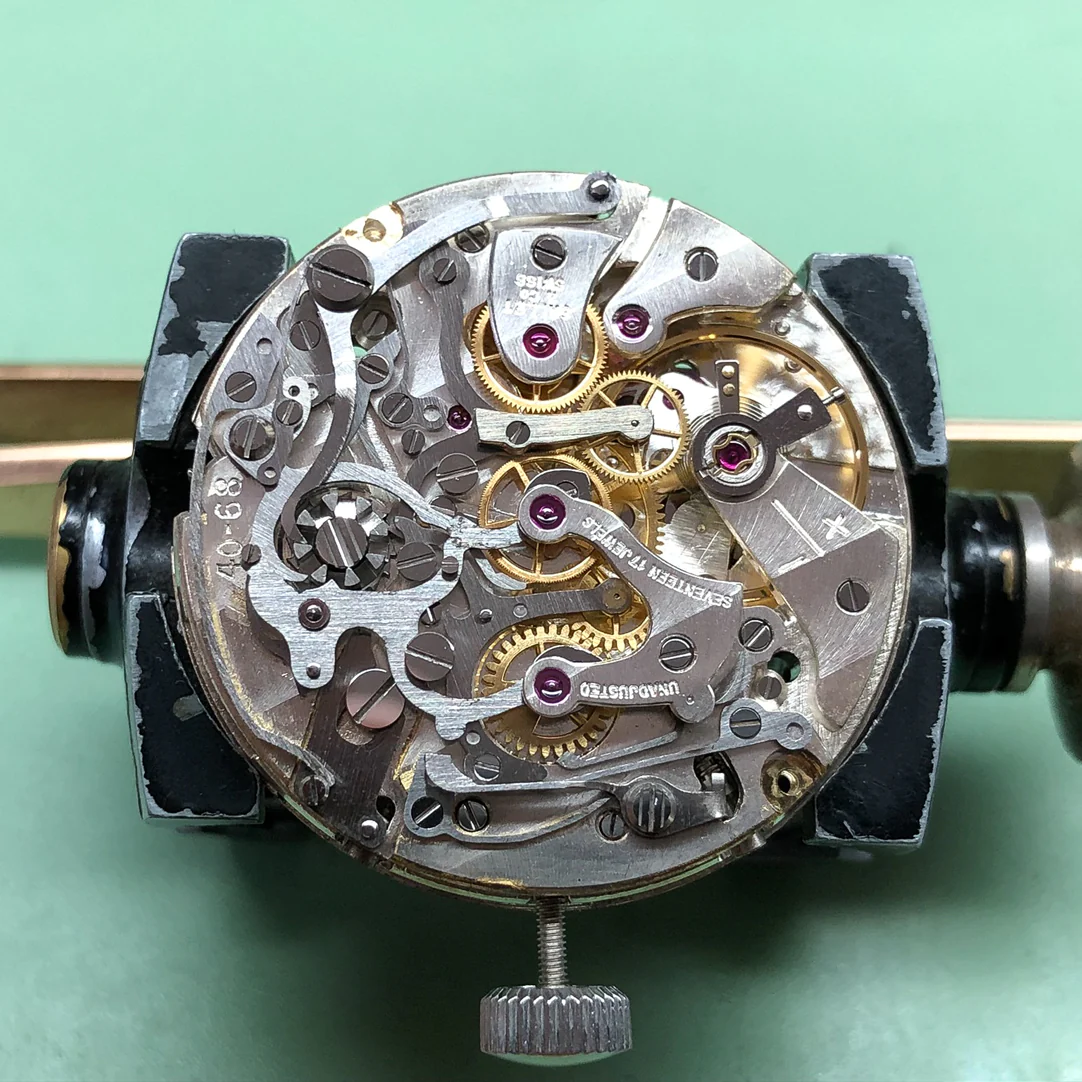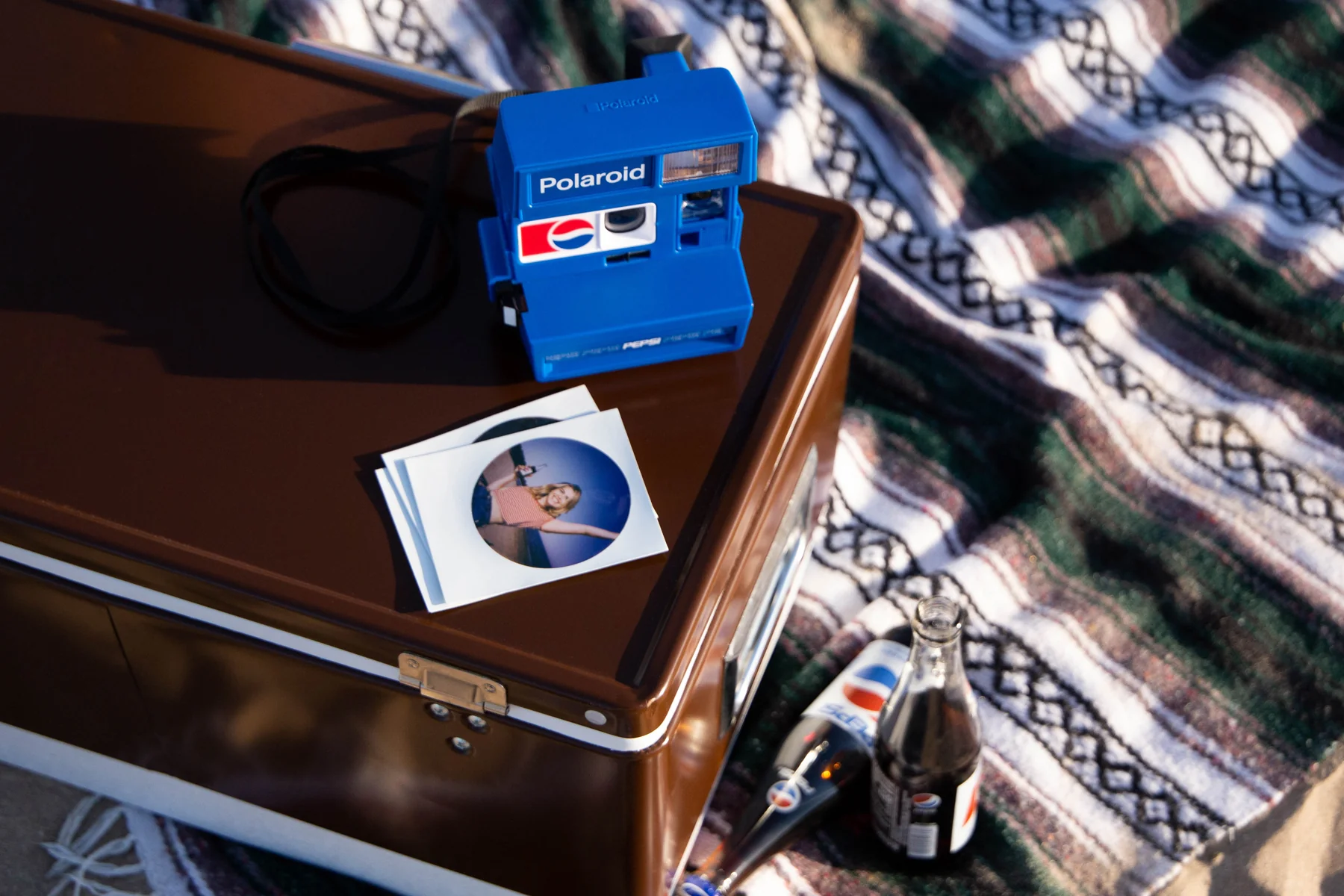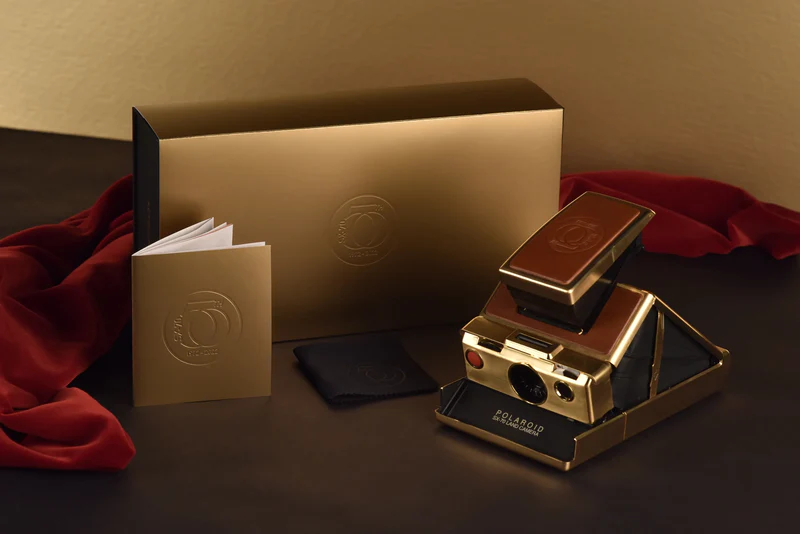For those of us captivated by the enchanting world of retro technology, it was only a matter of time before our curiosity led us into the realm of vintage timepieces. The soft hum of a flip clock, the intricate craftsmanship of a vintage mechanical watch, or the nostalgic charm of a ’90s radio alarm clock – there’s something undeniably intriguing about these relics of the past.
The universe of vintage watches is a vast and intricate one, and it’s our privilege to have Justin Vrakas, the founder of Watchsteez, as our guiding light. With Justin’s expertise, we’ve carefully curated a selection of vintage mechanical watches that seamlessly blend vintage quality and value. However, it’s worth noting that some of the watches Justin has come across could easily surpass the value of an average car. Over the years, we’ve posed numerous questions to Justin, but here are some fundamental insights that delve into the heart of the vintage watch experience:
Casio Men's 'Vintage' Quartz Metal and Resin Casual Watch, Color:Black (Model: F-91WM-9ACF), Black/Gold
1. How did you develop an interest in vintage watches, and what aspect do you appreciate the most about them?
“My family has a history in the jewelry business, and my great-grandfather was a skilled watchmaker. Watches have always held a fascination for me, starting with the novelty watches I owned as a child – I’ve even preserved most of them to this day, with my digital G.I. Joe watch being a personal favorite.
My journey into vintage watches began when I bought my first ‘real’ watch at the age of 14 – a two-tone Casio Quartz model for $51.15, which I still possess, complete with its original boxes, paperwork, and receipt. Initially, my collection focused on new and modern watches. However, everything changed when I inherited a stunning 1950s Universal Genève Polerouter Automatic, once owned by my great-grandfather. That watch sparked my interest in vintage timepieces and led me to explore the stories behind these horological marvels. I was captivated by the concept of vintage watches and the art of sourcing and selling rare pieces eventually became my full-time career. Interestingly, my great-grandfather’s UG Polerouter needed repair, and that journey piqued my curiosity about the mechanics of these vintage time machines, prompting me to enroll in two semesters of watchmaking courses at Milwaukee Area Technical College. Each vintage watch has its own unique story, and while many stories are lost with time, some endure through these timepieces. There’s also something inherently charming and aesthetically pleasing about the way each watch ages uniquely over time. It’s easy to become addicted to this world.”

2. Could you provide a simplified explanation of how a mechanical watch operates? It often seems like magic.
“Indeed, it may appear magical, but mechanical watches have a history spanning centuries. To simplify it as much as possible, a mechanical watch relies on stored energy within a mainspring, which must be periodically wound either manually or by the automatic movement as it rests on your wrist. The stored energy within the mainspring is released through a series of gears, powering the balance wheel, which oscillates back and forth at a consistent rate. As the balance wheel sways, an escapement device releases other wheels within the watch to move forward at a constant rate, propelling the watch’s hands and measuring the passage of time.”
3. Can you share details about the most intriguing watch you’ve ever owned?
“Selecting the most captivating watch from my collection is an incredibly challenging task, given the numerous extraordinary timepieces I’ve encountered over the years. At this moment, if I were to choose the most fascinating watch in my collection, it would be my 1960s Mido Powerwind Diver. Growing up in the early 1990s, I had an immense fondness for Dr. Seuss books, often for the captivating illustrations. The exotic ‘rainbow’ dial on this watch reminds me of the cover of ‘Oh, The Places You’ll Go.’ The moment I saw a photograph of this watch, I knew I had to possess it. Yet, acquiring it proved to be a considerable challenge, as it is an exceedingly rare timepiece.

Originally developed by Mido in collaboration with the renowned skin diving expert D. L. Jayet, this self-winding watch was waterproof to an astounding depth of 1,000 feet. What sets it apart is the decompression tables printed on the dial in pastel colors. In an era before digital dive computers, deep-sea divers had to manually time their decompression stops during their ascent to avoid decompression sickness. This tool watch played a crucial role in ensuring their safety. Interestingly, Mido has recently released a limited edition reissue of this watch, which is available for purchase brand new today. It provides a delightful alternative for collectors who may not be able to find or afford the original.”
Casio - A500WA-7D - Vintage - Unisex Watch - Digital Quartz - LCD Dial - Grey Steel Strap, LCD/Grey, Bracelet, LCD/Grey, Bracelet
4. We’ve often discussed how patina or aging can either preserve or enhance the value of a vintage watch. Could you elaborate on some examples of this phenomenon?
“In the realm of vintage watches, condition and originality reign supreme. These two factors are pivotal in determining a vintage watch’s value and its appeal in the market. Over-restoration is a significant concern in the modern era, and genuinely exceptional vintage watches are becoming increasingly rare. To illustrate, the majority of top collectors prefer their vintage watches to retain their original character and avoid being artificially polished to appear new. Preserving the watch in its authentic state is essential for maintaining its overall value. Ideally, I prefer to acquire vintage watches directly from their original owners. This approach allows me to manage the watches’ provenance and delve into their unique histories.
Interestingly, patina or aging can significantly enhance the value of a vintage watch in certain instances. For instance, certain original black dials tend to turn brown over time due to unstable paint mixtures used during their production and prolonged exposure to UV light. In the world of collectors, these dials are referred to as ‘tropical’ dials and can command prices twice as high as standard black dials in the same watch. As I mentioned earlier, each watch ages uniquely due to various environmental factors. For example, a vintage Rolex GMT-Master ref. 1675 with a blue/red bezel insert that has naturally transitioned to a blue/fuchsia hue can fetch thousands of dollars more in the market. Collectors often pay a premium for watches with yellowed luminous material on the dial, as opposed to the original white. The distinctions may be subtle to an untrained eye, but they can significantly impact the watch’s value. This is where my expertise comes into play.”
5. Why should someone consider buying a vintage watch instead of a new one?
“I believe there’s room in every watch collection for both new and vintage timepieces. However, there’s something genuinely special about glancing at your wrist and seeing a rare vintage watch with a history and a genuine sense of time travel. The aged, weathered look is challenging to replicate on a new watch. Similar to vintage clothing, each vintage watch is distinct, ensuring that you won’t encounter someone else wearing the exact same piece, which is undeniably appealing. On the other hand, in a place like Wall Street in New York City, you’re likely to spot a brand-new Rolex Submariner on the wrist of at least one stockbroker for every city block. While a new Rolex Submariner is an outstanding watch, it won’t age in the same way as a vintage Submariner due to the modern materials used in contemporary production. Personally, it’s not as thrilling to me. Besides, buying a new watch is within reach for anyone with the means. However, hunting down a well-preserved vintage piece with patience and skill is a different thrill altogether. Outstanding vintage watches have consistently appreciated in value in recent years, making them an excellent investment. Nonetheless, I always advise my clients to purchase watches they love and genuinely enjoy. If they can make a bit of extra money along the way, that’s a bonus. Ultimately, it’s about cherishing what you own.”


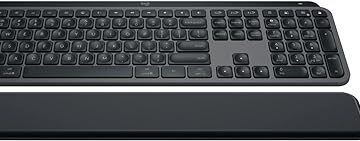







![Apple Watch SE (2nd Gen) [GPS 40mm] Smartwatch with Starlight Aluminum Case with Starlight Sport Band S/M. Fitness & Sleep Tracker, Crash Detection, Heart Rate Monitor](https://www.tech-bit.com/wp-content/uploads/2024/06/applewatchse2ndgengps40mmsmartwatchwithstarlightaluminumcase-360x180.jpg)




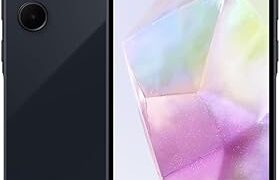


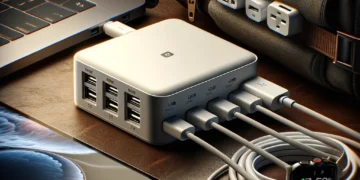



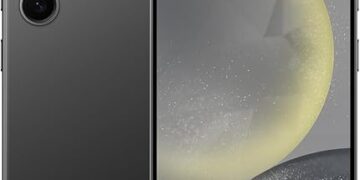




![Apple Watch Series 9 [GPS 45mm] Smartwatch with Midnight Aluminum Case with Midnight Sport Band S/M. Fitness Tracker, ECG Apps, Always-On Retina Display, Water Resistant](https://www.tech-bit.com/wp-content/uploads/2024/06/applewatchseries9gps45mmsmartwatchwithmidnightaluminumcasewith-360x180.jpg)

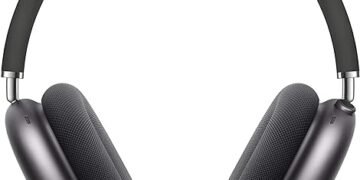

![Apple Watch Ultra 2 [GPS + Cellular 49mm] Smartwatch, Sport Watch with Rugged Black Titanium Case with Black Ocean Band. Fitness Tracker, Precision GPS, Action Button, Extra-Long Battery Life](https://www.tech-bit.com/wp-content/uploads/2024/10/applewatchultra2gpscellular49mmsmartwatchsportwatchwithrugged-360x180.jpg)

